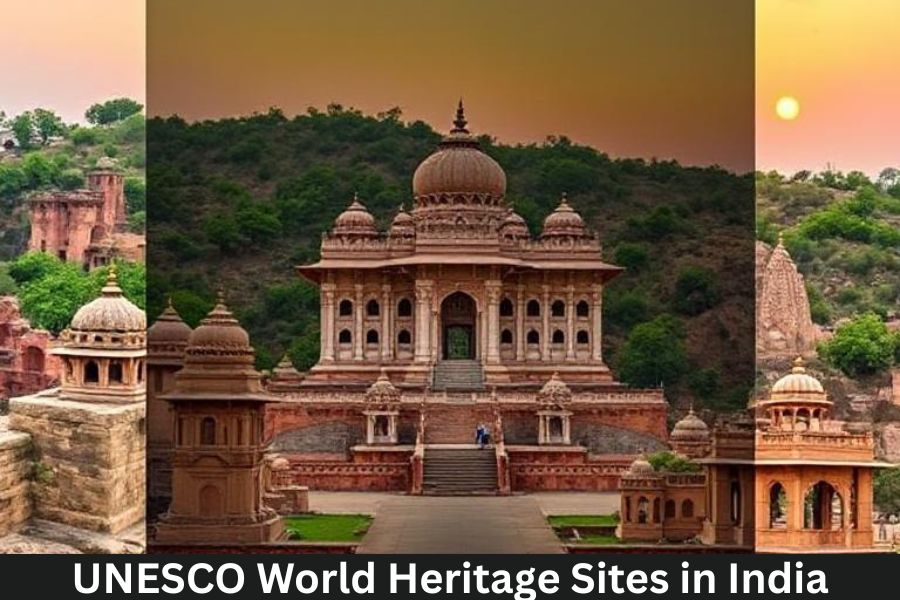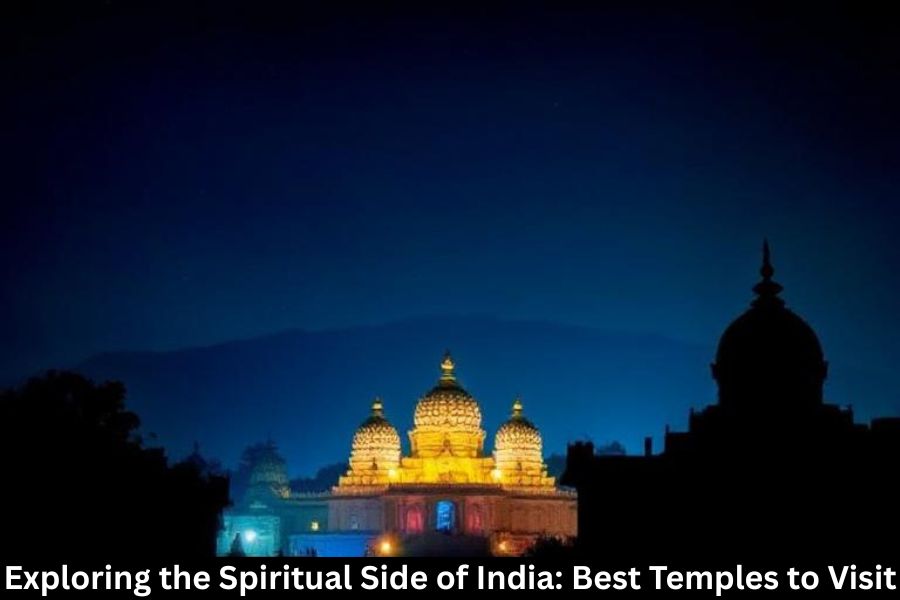India, a land of diverse cultures and rich history, is home to numerous UNESCO World Heritage Sites that showcase its architectural brilliance, spiritual heritage, and natural wonders. From ancient temples and forts to stunning natural landscapes, these sites provide a glimpse into the country’s incredible past. For travelers and history enthusiasts alike, exploring India’s UNESCO World Heritage Sites is a journey you cannot miss.
Must-Visit UNESCO World Heritage Sites in India
1. Taj Mahal, Agra
The Taj Mahal, a symbol of eternal love, is perhaps India’s most famous monument and a UNESCO World Heritage Site. Built by Emperor Shah Jahan in memory of his wife Mumtaz Mahal, this white marble masterpiece is renowned for its intricate carvings and breathtaking symmetry. Sunrise and sunset visits offer the most magical views.
2. Qutub Minar, Delhi
Qutub Minar is a towering example of Indo-Islamic architecture and the tallest brick minaret in the world. Built in the 12th century, it is surrounded by ancient ruins and showcases beautiful inscriptions in Arabic, making it a must-visit for history lovers.
3. Red Fort, Delhi
The Red Fort, built by Emperor Shah Jahan, is a historic fortification that reflects the grandeur of Mughal architecture. Its massive walls, ornate gates, and sound-and-light shows provide visitors with a glimpse into India’s imperial past.
4. Ajanta and Ellora Caves, Maharashtra
The Ajanta and Ellora Caves are renowned for their rock-cut architecture and exquisite ancient paintings. The Ajanta caves primarily feature Buddhist art, while Ellora showcases Buddhist, Hindu, and Jain monuments, making them a unique cultural treasure.
5. Jaipur City, Rajasthan
Known as the Pink City, Jaipur is recognized as a UNESCO World Heritage Site for its well-preserved urban planning, historic palaces, forts, and vibrant culture. Sites like Hawa Mahal, Amer Fort, and City Palace are must-visits.
6. Sun Temple, Konark, Odisha
The Sun Temple at Konark, shaped like a massive chariot, is an architectural marvel of the 13th century. The intricate carvings and detailed sculptures make it a fascinating destination for art and history enthusiasts.
7. Kaziranga National Park, Assam
For nature lovers, Kaziranga National Park is a UNESCO World Heritage Site famous for its population of one-horned rhinoceroses. The park also houses tigers, elephants, and diverse bird species, making it a top wildlife destination.
8. Mahabalipuram, Tamil Nadu
The Group of Monuments at Mahabalipuram features rock-cut temples, sculptures, and cave sanctuaries from the 7th and 8th centuries. This UNESCO site reflects the skill and creativity of the Pallava dynasty.
Travel Tips for Visiting UNESCO World Heritage Sites in India
- Best Time to Visit: Depending on the region, October to March is generally ideal for most sites.
- Guided Tours: Hiring a local guide can enhance your experience by explaining the historical and cultural significance of each site.
- Tickets: Many sites, including Taj Mahal and Red Fort, allow online booking—plan ahead to avoid long queues.
- Respect Local Culture: Maintain decorum at religious and heritage sites and avoid littering.
- Photography: Some sites have restrictions on photography, so check rules before clicking.
Why Explore UNESCO Sites in India
Visiting India’s UNESCO World Heritage Sites is not just a sightseeing experience—it’s a journey into the country’s soul. Each site tells a story of India’s rich past, from ancient civilizations and medieval empires to its natural wonders. Exploring these sites allows travelers to appreciate the architectural brilliance, cultural heritage, and natural beauty that make India a truly remarkable destination.



